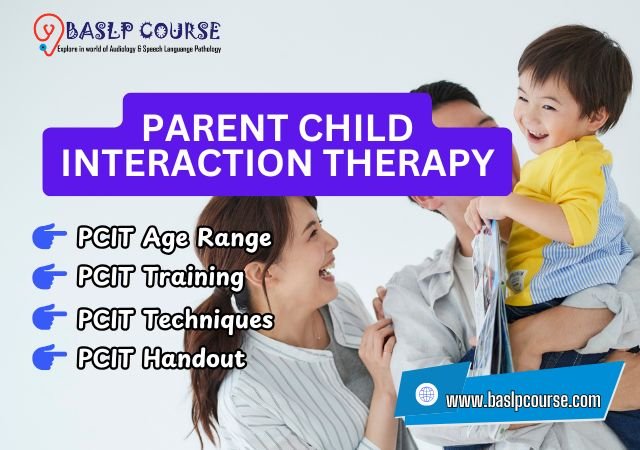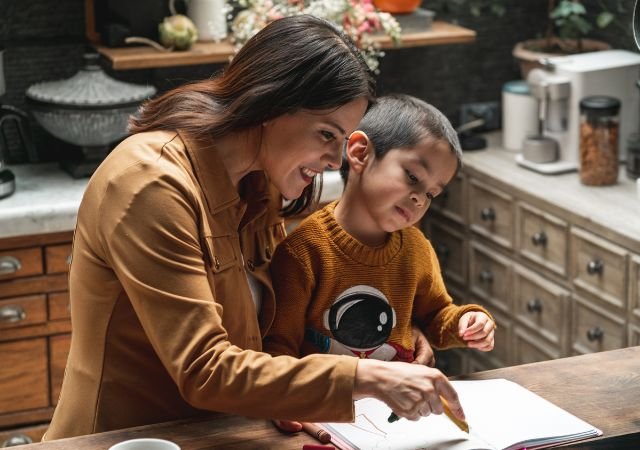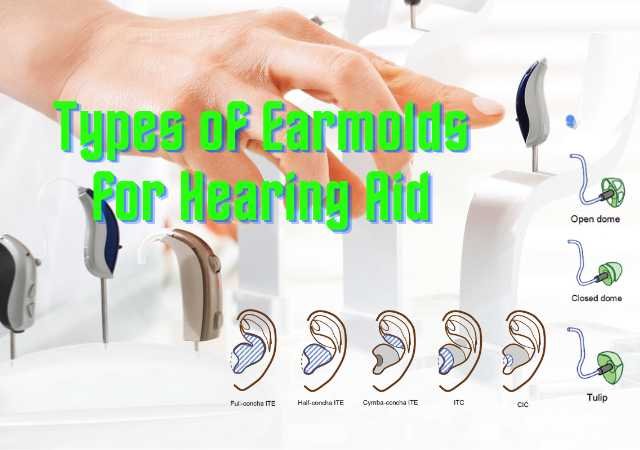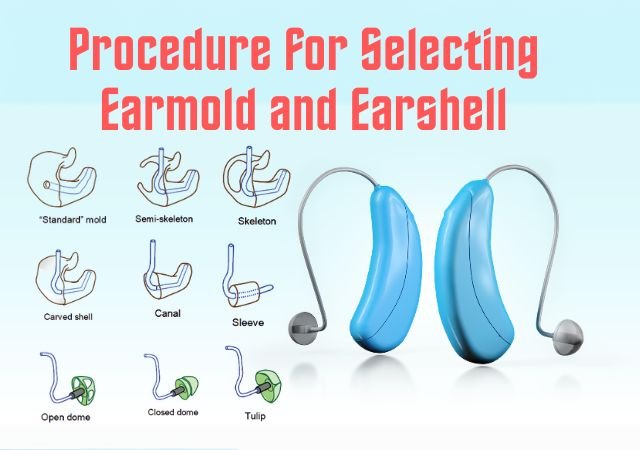What is Rehabilitation and Habilitation?: People with hearing loss benefit from auditory therapy, often known as hearing rehabilitation. People who have lost abilities can regain them with the aid of rehabilitation, or rehab for short. Rehab can help an older child or adult regain her hearing if she has lost it. Young children and infants born with hearing loss lack the ability to speak and listen. Instead of relearning these skills, they must acquire them. For these kids, hearing treatment is habilitation rather than rehabilitation.

Habilitation
Habilitation is the process of assisting people with disabilities in acquiring, maintaining, or enhancing the skills and functioning necessary for day-to-day living.The goal of habilitative therapy for pediatric patients is frequently to assist a youngster in acquiring motor abilities that they have not yet mastered.
A youngster with cerebral palsy, for instance, could need a physical therapist’s help learning how to sit.To learn how to say their R sounds, another child might require speech therapy. The goal of the therapy is habilitation because the children still need to master these two skills.
Hearing habilitation will include:
- Developing your child’s communication skills
- Acquiring language and speech skills
- Acquiring the ability to listen
- Instruction on the proper maintenance of hearing aids and other gadgets
Rehabilitation
Regaining information, skills, or capacities that may have been lost or weakened due to disease, trauma, or developing a disability is referred to as rehabilitation.
An active 30-year-old runner, for instance, hurts his ankle after tripping over a pebble. This man seeks the assistance of a physical therapist in order to be able to walk and run like he did previously because of his injury, which prevents him from walking or running without limping. Helping this man restore a lost ability is the goal of this therapy, which is regarded as rehabilitation.
Hearing Rehabilitation will include:
- Managing the senses to enhance auditory function,
- Training in technology use and listening environment management,
- Perceptual training to enhance communication and speech perception, and
- Counseling to improve involvement and address lingering limitations on an emotional and practical level.
Counseling to improve involvement and address lingering limitations on an emotional and practical level.
References:
- Adult Aural Rehabilitation: What Is It and Does It Work? – NIH
- The Difference Between Habilitation and Rehabilitation – NAPA
- Child Audiologic (Hearing) Habilitation – ASHA
You are reading about:
What is Rehabilitation and Habilitation?








0 Comments